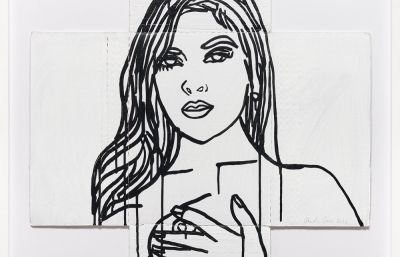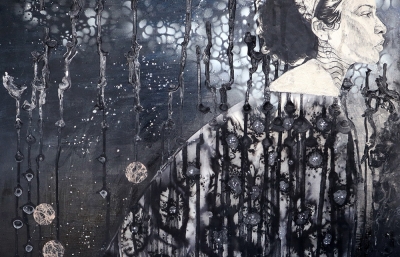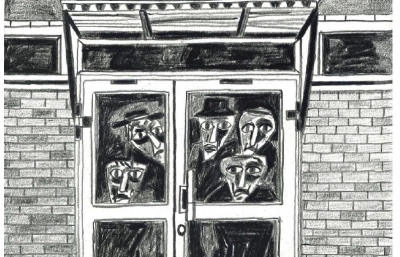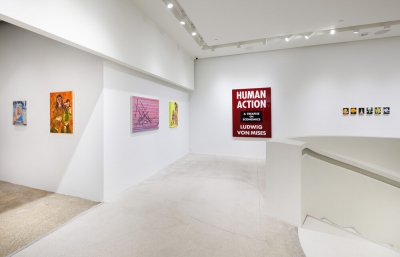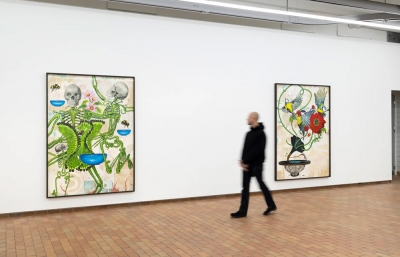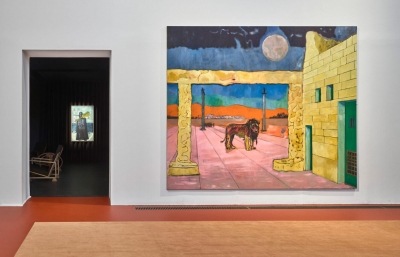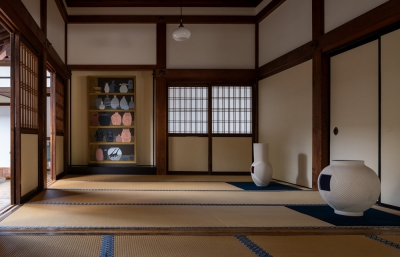Rebecca Ness has long been one of our favorite figurative painters of the last 10 years, and we have had her featured in the magazine a few times recently. In the Summer 2024 Quarterly, she told Charles Moore, "I think my painting language now is based on life, but I also don't want to lie. I'm not pretending that it's anything other than a painting with paint and brushes. But at the same time, we can create things that are bigger or more luscious than life, or we can mimic a dream or a thought." This seems like a good place to start with Ness' new show, Memories of Daydreams, on now at Morgan Presents, which you can read the press release below...
These paintings by Rebecca Ness are pictures of quotidian life. Together they present a portrait of our societal moment and document our time: an age that Ness understands as constituted by a menagerie of moments, a collection that unwaveringly recognizes the rich complexity of each individual’s interior life.
The compositions lure us in by maintaining an approachable façade, a seemingly graspable narrative constituted by a dynamic and lush formal nature. Within this formal attention we can locate the essence of that artist’s practice: Ness’ works are about both the act of painting and the materiality of paint. The artist’s playful and simultaneously intense utilization of light, perspective and the unwavering accentuation of oil paint’s physicality, continues a historical inquiry into the constraints of the medium initiated by the artist’s central precursors: Philip Guston, Norman Rockwell, and Lucian Freud.
The everyday nature of the ostensible pictorial content masks the bubbling tensions beneath the surface. This collection of moments appears to showcase a world of normalcy that was promised unto us beyond the trials of a pandemic and other global challenges; instead of a singular utopian vision, however, this societal picture composed of individuals, highlights each figure’s desire to belong. The subjects of Ness’ paintings, whether enveloped in littered detritus, or isolated amongst the lapping waves, yearn to be seen.
This scrapbook of vignettes is notably devoid of a single authorial perspective, instead presenting what may be fragments of a narrative, or perhaps even moments of distraction from a larger obscured thesis. Human moments are depicted from an abstracted position of voyeurism. The paintings’ subjects are aware of this voyeuristic viewer’s eye, yet simultaneously somewhat apathetic to its surveillance. In her elevation of individuals’ interiority and the rejection of some overarching, unchallengeable vantage, Ness asserts that not only is all history human, but it is our history, that we write with a pen in our hands through our everyday actions.
Ness identifies a radicality in her decision to document the everyday in a grander formal language more akin to history painting than documentary photorealism. Yet this choice of seemingly ordinary subject matter serves to turn our attention to the work of the brushstroke, the gesture and the weight of the paint itself.











